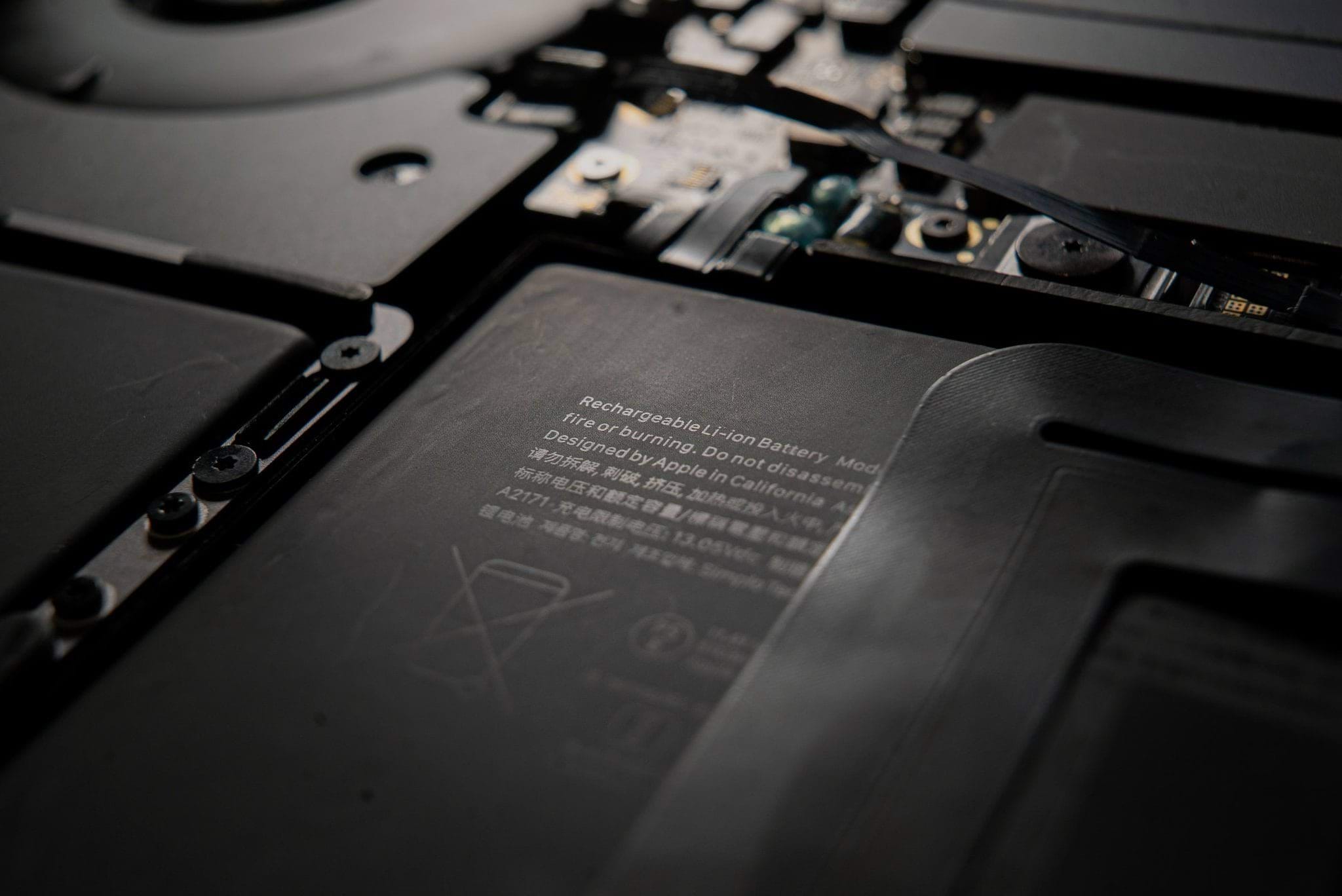Many portable devices such as laptop computers, mobile phones, children’s toys, e-scooters and e-cigarettes may contain rechargeable lithium ion batteries. They are lightweight, energy dense and long-lasting but can be more volatile than traditional batteries.
Most modern devices with rechargeable batteries contain lithium ion batteries. Occasionally, if a lithium ion battery is improperly charged, handled, stored or disposed of there is a risk of overheating, catching fire or explosion. This also increases the risk of a house fire, garage fire or personal injury.
Battery Safety for Consumers
(opens in a new window)
Lithium Ion Battery Safety Tips
(opens in a new window)
Battery safety (easy english)
(opens in a new window)
Updated
